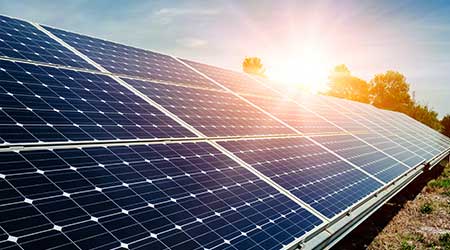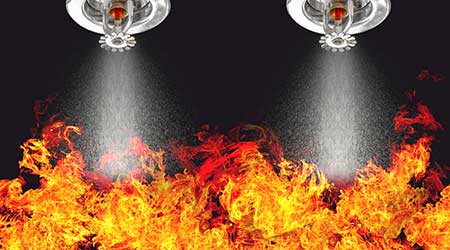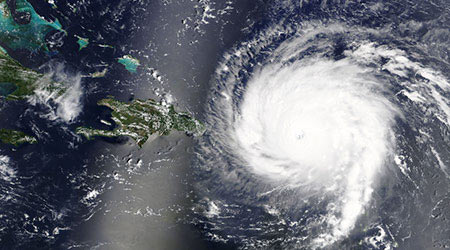
University Aims for 100 Percent renewable energy generated on-site
April 10, 2018
As climate change and energy efficiency continue to be issues that concern commercial and institutional facilities, maintenance and engineering managers are more focused than ever to reduce their facilities overall energy consumption.
The University of Hawai‘i’s (UH) Maui College campus will soon be among the first in the nation to generate 100 percent of its energy from on-site solar photovoltaic (PV) systems coupled with battery storage, according to University of Hawai‘i’s Annual System Report.
UH Maui College’s new PV plus storage system will be capable of eliminating the campus’ fossil fuel-based energy use when it is operational in 2019. On O‘ahu, through the combination of solar shade canopies, distributed energy storage and energy efficiency measures, Leeward Community College, Honolulu Community College, Kapi‘olani Community College and Windward Community College will reduce their use of fossil fuel for energy by 98 percent, 97 percent, 74 percent and 70 percent, respectively.
In 2015, Hawai‘i became the first state in the country to make an unprecedented commitment to achieve 100 percent renewable energy by 2045. Concurrently, UH and the Hawai‘i Legislature established a collective goal for the university system to be “net-zero” by January 1, 2035, meaning the system would produce as much renewable energy as it consumes across its campuses.
Of the 10 campuses, UH Maui College is on target to be the first to supply 100 percent of its energy needs through renewable energy.
“Five UH campuses will have reduced fossil fuel energy consumption by ~14 GWh annually (45 percent) and added ~13 GWh renewable energy generation,” said UH Vice President for Community Colleges John Morton. “We are proud to move the entire University of Hawai‘i System closer to its net-zero energy mandate, to celebrate UH Maui College’s achievement and to position the O‘ahu community college campuses within reach of 100 percent renewable energy generation.”
Following the successful implementation of energy conservation measures across the campuses during phase one, phase two will bring the total on-site capacity to 2.8 MW of solar PV and 13.2 MWh of battery distributed energy storage at UH Maui College, and 7.7 MW of solar PV and 28.6 MWh of battery distributed energy storage to the UH Community Colleges O‘ahu campuses.
Energy and infrastructure improvements at the five UH campuses involved in the project are scheduled to be completed by Q2 2019.
This Quick Read was submitted by Ryan Berlin, managing editor of Facility Maintenance Decisions.
Next
Read next on FacilitiesNet












